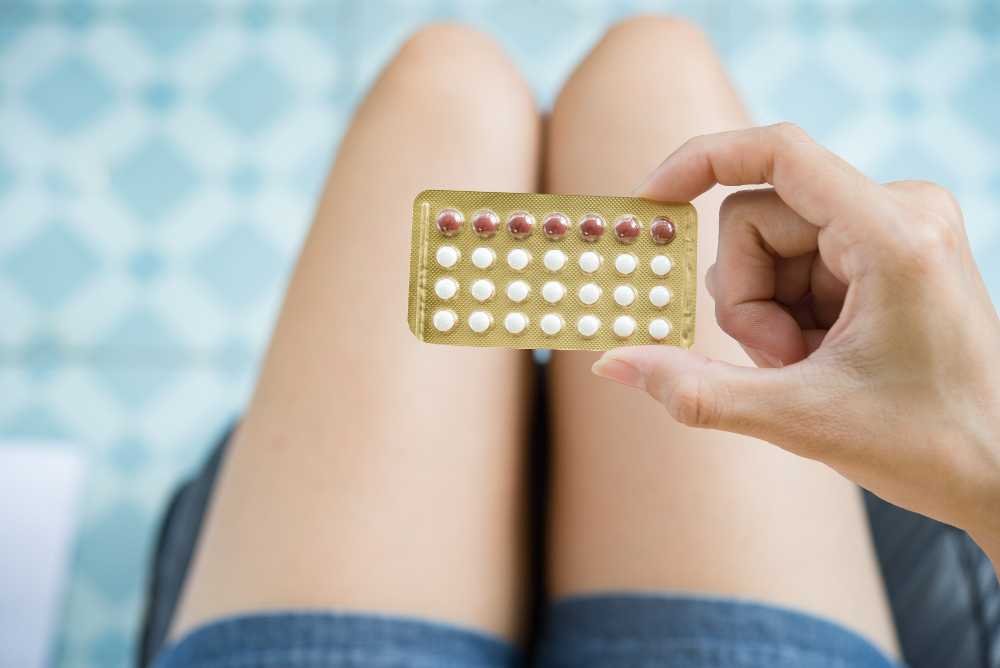Birth control measures
Both men and women can use birth control to avoid becoming pregnant. With the increase in technology, humans are offered a wide variety of options today. They could be a procedure, medicine, or device that helps women avoid getting pregnant. There are different types of birth control available, some for men and some for women. They’re all effective, but the one you pick entirely depends on your needs and comfort.
When does birth control come into the picture?
If you and your spouse aren’t on the same page regarding unwanted pregnancy, it can have a lot of bad consequences. It can cause financial hardship, disrupt your relationship, and even impact the mother’s emotional and physical health. When you engage in protected sex, the chance of unintended pregnancy is always present. Start using birth control right away if you’re sexually active and don’t want a child. When you have unprotected sex, an unplanned pregnancy can occur.
Let’s look at some common birth control options that you must know about.
-
Diaphragms
Diaphragms are reusable birth control devices that are tiny, soft, and silicone. They’re soaked in spermicide before being inserted into the vaginal canal to keep sperm out of the womb. It is approximately 96% effective and must be fitted by a physician. However, it is ineffective at preventing STDs and should not be used when menstruating because of the risk of toxic shock syndrome.
-
Internal condoms
Internal condoms, often referred to as female condoms, are latex-free, hormone-free polyurethane sachets placed inside the vaginal opening to prevent semen from entering the womb. Female condoms are 95% efficient at preventing pregnancy and sexually transmitted diseases. However, remember that even before a man fully ejaculates, some semen can still flow out of the penis. As a result, before sex, the condom should be inserted into the vaginal canal. Before inserting the condom, check for the expiration date and any tears or defects.
-
External condoms
Men use external condoms as contraception. They’re usually composed of latex, so males with latex allergies should avoid them. This type of condom resembles a bag that fits over an erect penis to prevent any fluid from getting into a woman’s vaginal canal, resulting in an unprotected pregnancy or STD. External condoms are approximately 98% effective and should be discarded after one use.
-
Oral contraceptive pills
Oral contraceptive pills are perhaps the most widely used technique of preventing pregnancy worldwide. These are little tablets. They are a type of pill that combines estrogen and progestin and come in various forms. Oral contraceptive pills work in two ways: first, they block the ovaries from producing eggs, and second, they prevent conception. They must be taken to work every day at the same time. Contraceptive pills are nearly 100% effective; however, they do not protect you from STDs.
-
Intrauterine device
A doctor or nurse inserts an intrauterine device (IUD), a little T-shaped device made of plastic and copper, into a woman’s womb (uterus). It is threaded through the cervix and into the top end of the vagina with a nylon thread. The device releases copper for around 5 to 10 years, which keeps you from becoming pregnant (depending on the type). The device must be replaced when this time period has passed. This technique of contraception prevents pregnancy with a 99 percent success rate. It does not, however, protect you from STDs.
-
Female sterilization – tubal ligation (surgical)
Tubal ligation is a surgical technique in which a woman’s tubes are tied together (fallopian tubes). This stops the egg from reaching the uterus, resulting in sterility for the rest of the woman’s life. This also prevents sperm from passing up the tube to the ovulating ovary, where fertilization normally occurs.
-
Male sterilization – Vasectomy
A vasectomy is a quick and painless treatment that permanently sterilizes men. The vas deferens, or sperm-carrying tubes in the male reproductive system, are cut and sealed during the procedure. It is usually done in a physician’s surgery. The transport of sperm out of the testes is prevented by a vasectomy. The surgery does not affect a man’s ability to orgasm or ejaculate (potency). Although there will be a flow of ejaculate, it will be devoid of sperm.





